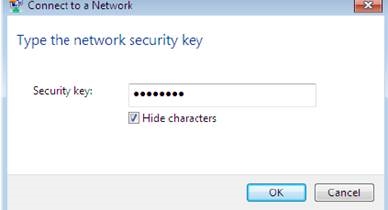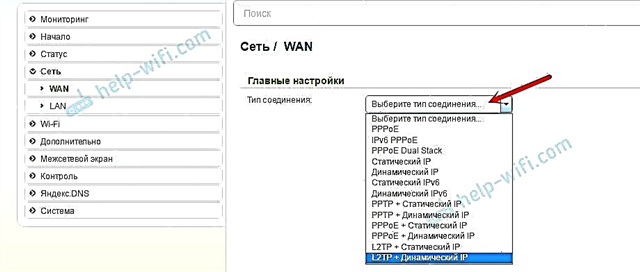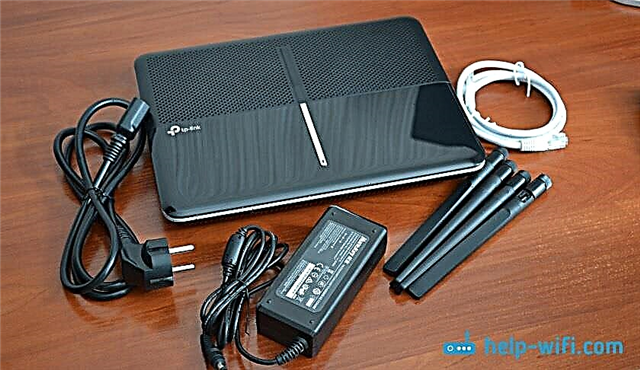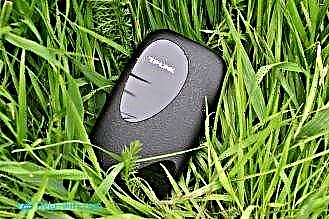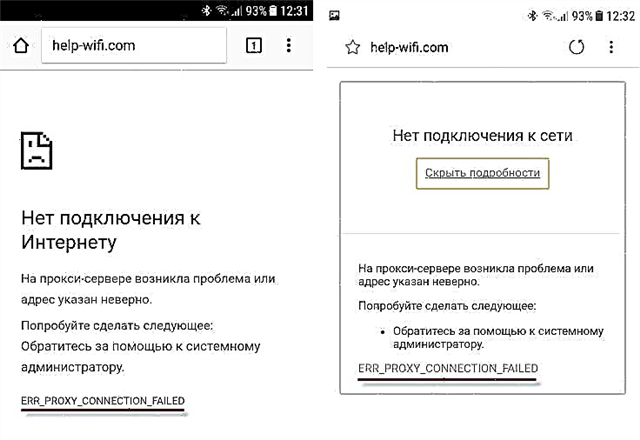For a long time I could not think of a good title for this article, so that it would be clear what it is about, and that it would be easy to find it in case of problems with Wi-Fi in Windows 10. Now we will try to figure out why there is no Wi-Fi button in Windows 10 Where to look for wireless network settings, how to enable Wi-Fi and why this problem appears. I'll tell you about the error "Could not find wireless devices on this computer" in Windows 10.
I must say right away that when you cannot find "Wi-Fi" on your laptop (there is no power button, there is no item in the settings, etc.), then most likely that you simply do not have a driver for Wi-Fi installed, you do not have a Wi-Fi receiver, or it is turned off. Let's take a closer look at everything.
The essence of the problem:
The whole problem is that we cannot connect to a Wi-Fi network on Windows 10. I already wrote a detailed article on connecting to Wi-Fi. But, when we open the connection management window, there is simply no button to control the Wi-Fi adapter.

If we go to the settings, to the network parameters, then we will not find the item there either "Wi-Fi"... And on the tab Airplane mode we will see the highlighted error "We could not find any wireless devices on this computer".

Such a problem may mean that:
- There is simply no physical Wi-Fi receiver on your computer. If you have a laptop, it must have a built-in wireless adapter. On a computer, you can use an external Wi-Fi receiver. If you are sure that your computer has Wi-Fi (you used it before installing Windows 10, looked at the specifications, connected an external receiver, etc.), then you need to check for other reasons.
- The driver is not installed on the Wi-Fi adapter. In some article I already wrote that Windows 10 itself installs the driver on wireless adapters. But not always. And not always, these drivers work as they should. Therefore, the most common reason for such problems with Wi-Fi in Windows 10 is the lack of a wireless adapter driver, or an unsuitable driver.
- Well, it may be that the wireless adapter is simply disabled... I just checked it, turned it off, the "symptoms" of the problem are exactly the same as I described above.
One small nuance. You probably know that the laptop has a keyboard shortcut to enable and disable wireless networks. On my Asus, for example, these are the keys Fn + F2... In Windows 10, these keys are responsible for enabling and disabling Airplane mode. If you have an "airplane" icon on the notification bar instead of the Internet icon, then simply disable this mode with the keys on your laptop, or by clicking on the icon itself and turning off the "Airplane" mode.
Anyway, you can check the keyboard shortcut on your laptop, it suddenly helps. From different manufacturers, these combinations may be different. Typically this is the Fn key + the antenna icon key.
Let's check and fix.
No Wi-Fi on Windows 10 laptop: solution
Let's first check if the "Wireless Network" adapter is enabled, and if you don't have this adapter at all, then make sure that the problem is in the driver, or in the absence of this adapter in your computer.
Right-click on the internet connection icon in the notification bar, and open Network and Sharing Center... In the new window, select Change adapter settings.

If you see an adapter there"Wireless network" (or something like that) and it is disabled, then right click on it and select Enable... After that, Wi-Fi should appear on your laptop, and you can connect to the wireless network.

If there is no Wireless Network adapter at all, then, as I wrote above, most likely the Wi-Fi driver is not installed on your computer. Or it is installed, but not stable.
Problems with the Wi-Fi adapter driver in Windows 10
We need to go to the device manager and see what's there. Is there a wireless adapter and how does it work. To do this, click on the menu Start and select Parameters.

Next, select the item Devices.

At the bottom of the page, go to device Manager.

In device manager, open the tab Network adapters... Usually there are two adapters: LAN - for connecting the Internet via a network cable (network card), and a wireless adapter. Typically, a wireless adapter has the word "Wireless" in its name. This is how the Wi-Fi adapter looks in the device manager on my laptop:

As you can see, the name indicates the manufacturer and model. If you have an adapter in Device Manager, and it is turned on (as I showed it above), but you still can't turn on Wi-Fi, then try updating the driver for your adapter. Or, try the adapter operations I wrote about in this article.
If there is no driver, or there is no adapter itself, then you will not see it in the device manager either.

But, please note that if there is no adapter in the manager (but in the computer, laptop it is), then in the device manager there should be at least one "Unknown device"like in my screenshot. In this case, you need to try installing the driver on the Wireless adapter.
How to install or update the Wi-Fi adapter driver?
If you have a laptop, then go to the official website of the manufacturer, through the search, or through the menu look for your model, there find the section with driver downloads, and look for the driver for the Wireless adapter. Please note that there will most likely be an option to select an operating system. Select Windows 10. If there is no driver for the "dozen", then you can try to select Windows 8 (8.1). Also, the driver can be on the disk, which usually comes with a laptop (but it is unlikely that there will be a driver for the "dozen").
Save the driver to your computer and just run the installation. If you downloaded the archive, then the archive should contain an installation file that you just need to run and follow the instructions. After installation, restart your laptop and try to connect to a Wi-Fi network (Wi-Fi must be on).
If you have a stationary computer with a USB / PCI adapter, then look for the driver on the website of the manufacturer of the adapter itself. By adapter model. Well, you should have a driver disk.
As for updating the driver, we do everything in the same way as in the case of the installation: we find, download it to the computer, and install it.
And further...
Just in case, I'll leave a link to an article with a solution to the most popular "Limited" problem in Windows 10. But you never know what can happen after you fix Wi-Fi and connect to the Internet :)
By the way, after installing the driver on the wireless adapter, when it works, you can distribute the Internet from your laptop - a very useful thing.
Share the results in the comments, ask questions, and I will try to supplement this article with new information to solve this problem with Wi-Fi at the top ten.
Update: advice from comments
On the C drive, I turned on the search and found the wireless LAN folder
C: eSupport eDriver Software WirelessLan Qualcomm Atheros WirelessLan 10.0.0.342 2886
There are two files, Setup. I started both of them and everything returned to normal for me.
If anyone can help, thanks to Konstantin!
Update: WLAN service
Check if the WLAN autoconfiguration service is running on your computer. How to do this, I showed here.
Update: Windows Event Log Service
A working solution appeared in the comments, which is to enable the Windows Event Log service. We go into services (you can press Win + R and execute the services.msc command).
Find the Windows Event Log service and open its properties (by right-clicking on it). Check if the startup type is set to "Automatic" and if the service itself is running. If not, click on the "Run" button. You can try to stop it and restart it.

Share your solutions in the comments! Ask questions.

